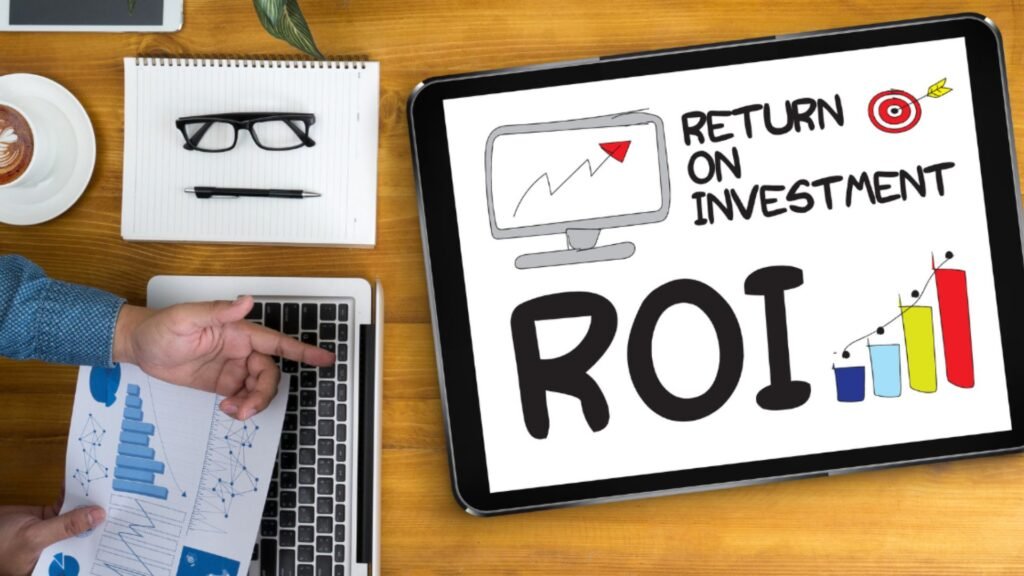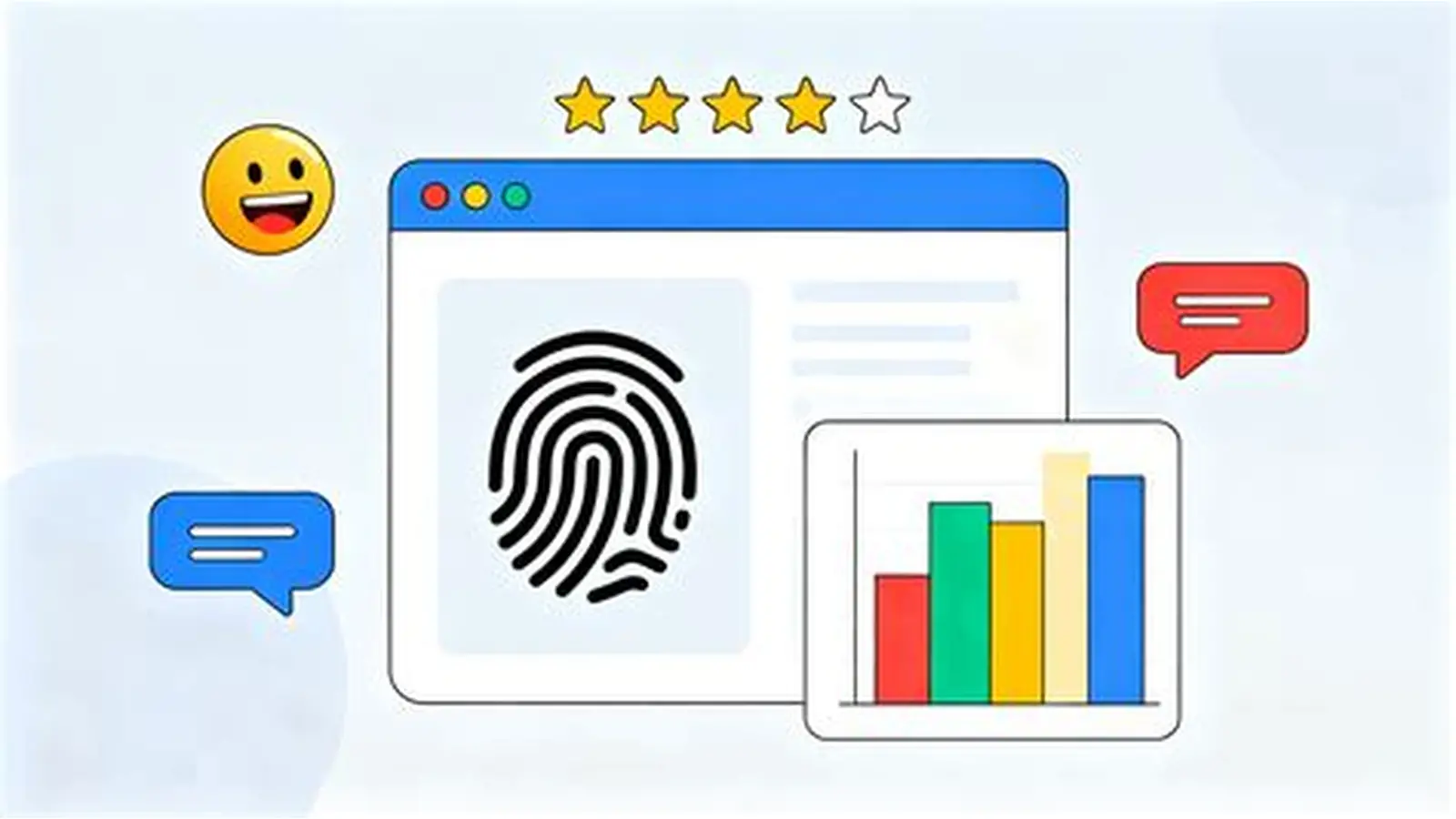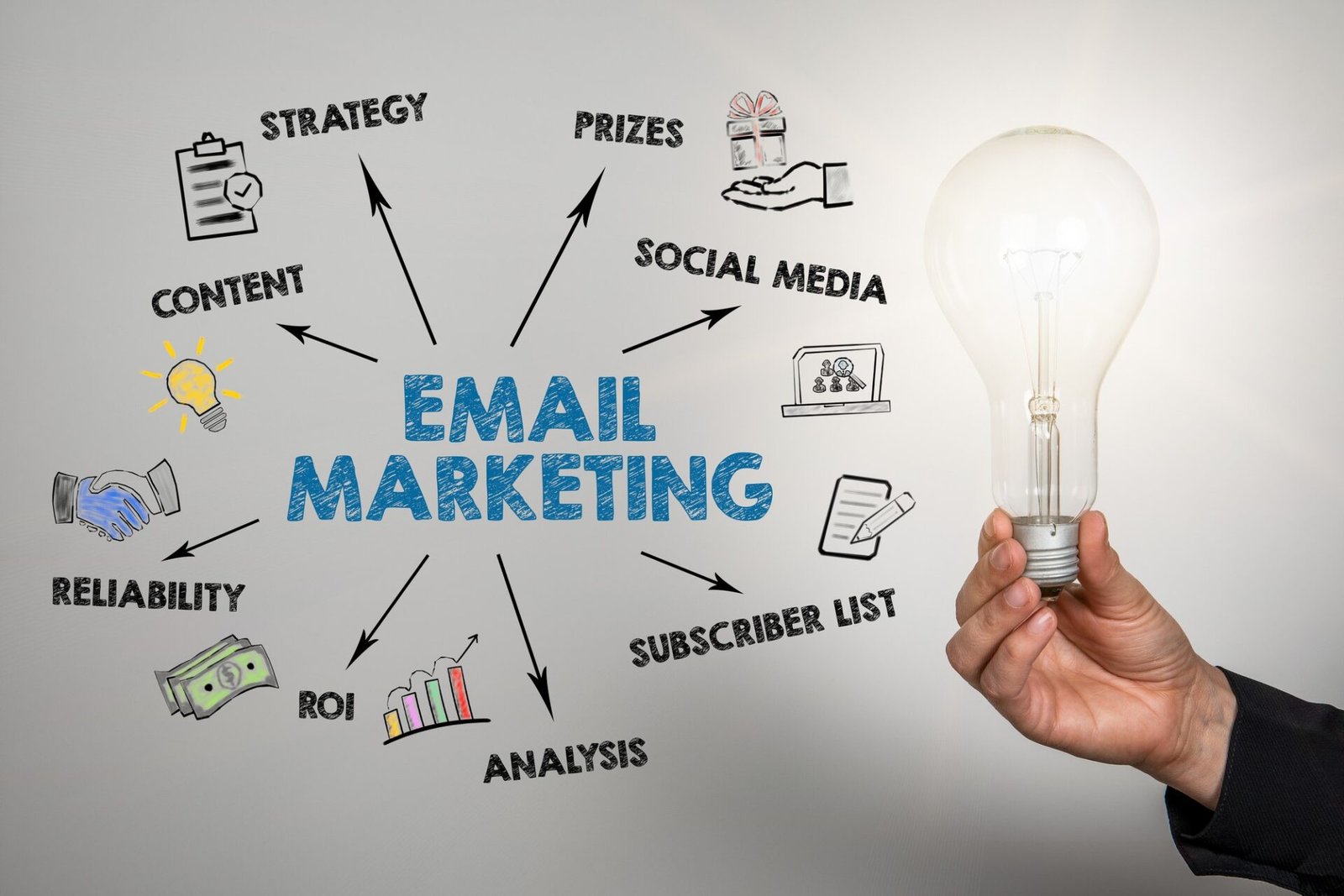Measuring the ROI (Return on Investment) of your digital marketing campaigns is essential to understanding what’s working and what’s not. Without measuring ROI, you’re guessing where your money goes and whether it’s bringing real results. In 2026, businesses must focus on data-driven marketing to maximize budget efficiency and increase conversions. This article will guide you through how to measure ROI for digital marketing campaigns using simple steps, key metrics, and practical tools.

Understand What ROI Means in Digital Marketing
ROI in digital marketing measures the profit generated from your marketing efforts compared to the money spent. It answers a critical question: Are your campaigns worth the investment?
ROI Formula:
ROI=Revenue from Campaign – Cost of CampaignCost of Campaign×100ROI = \frac{\text{Revenue from Campaign – Cost of Campaign}}{\text{Cost of Campaign}} \times 100
For example, if you spent $1,000 on a campaign and earned $4,000 in sales, your ROI is:
4000−10001000×100=300%\frac{4000 – 1000}{1000} \times 100 = 300\%
This simple calculation tells you whether your marketing efforts are profitable.
Set Clear Campaign Goals
Before measuring ROI, define clear goals. Different campaigns have different objectives—brand awareness, lead generation, website traffic, or sales. Without clear goals, you can’t measure success accurately.
Tips for setting goals:
-
Use SMART goals (Specific, Measurable, Achievable, Relevant, Time-bound).
-
Track KPIs (Key Performance Indicators) that match your goals.
-
Break down goals by campaign type and platform.
Having measurable goals makes it easier to see how campaigns contribute to ROI.
Track the Right Metrics
Digital marketing involves many channels, so focus on metrics that directly impact ROI.
Important metrics include:
-
Website Traffic: Indicates campaign reach and interest.
-
Conversion Rate: Shows the percentage of visitors who take desired actions (buy, sign up, download).
-
Cost Per Lead (CPL): Tells how much each lead costs.
-
Customer Acquisition Cost (CAC): Measures the total cost to gain a new customer.
-
Revenue and Sales: Tracks direct income from campaigns.
Using the right metrics ensures you measure ROI accurately, not just vanity numbers like likes or shares.
Use Analytics Tools
Analytics tools make tracking ROI easier and more precise.
Recommended tools:
-
Google Analytics 4: Tracks website traffic, conversions, and campaign sources.
-
HubSpot or Marketo: Monitors lead generation and email marketing ROI.
-
Facebook Ads Manager & Google Ads: Measures ad spend versus sales and conversions.
-
CRM Tools: Track customer journeys and sales influenced by marketing.
These tools provide data you can analyze to optimize campaigns and improve ROI.
Attribute Revenue Correctly
Sometimes a campaign influences sales indirectly. Proper attribution ensures every touchpoint is credited correctly.
Attribution models:
-
First-touch: Credit goes to the first interaction.
-
Last-touch: Credit goes to the final touch before conversion.
-
Multi-touch: Distributes credit across multiple interactions.
Using the right model helps you understand which campaigns truly drive revenue.
Analyze and Optimize
Measuring ROI isn’t a one-time task. Use your data to:
-
Identify high-performing campaigns and scale them.
-
Spot low-performing campaigns and adjust or stop them.
-
Test new strategies, messaging, or channels to improve efficiency.
Continuous analysis ensures that every marketing dollar is invested wisely.
Conclusion
Measuring the ROI of your digital marketing campaigns is essential for making data-driven decisions and maximizing profits. By setting clear goals, tracking the right metrics, using analytics tools, and analyzing performance regularly, you can identify what works and what doesn’t.
In 2026, successful digital marketing is measurable, adaptable, and focused on results. Knowing your ROI helps you optimize campaigns, reduce wasted spend, and drive business growth effectively.











